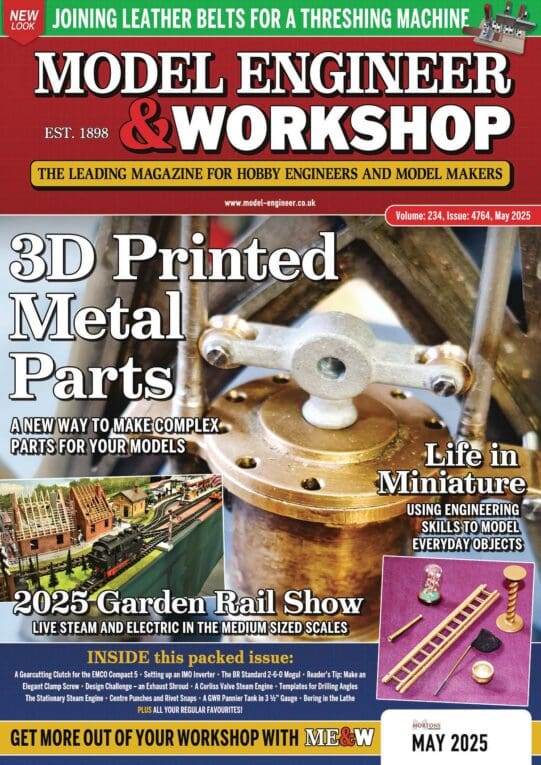Capillary gaps required for silver soldering.
Capillary gaps required for silver soldering.
- This topic has 28 replies, 17 voices, and was last updated 21 August 2020 at 16:53 by
Bob Worsley.
- Please log in to reply to this topic. Registering is free and easy using the links on the menu at the top of this page.
Latest Replies
Viewing 25 topics - 1 through 25 (of 25 total)
-
- Topic
- Voices
- Last Post
Viewing 25 topics - 1 through 25 (of 25 total)
Latest Issue
Newsletter Sign-up
Latest Replies


 entre punch marks to define the gap is the first example I have heard of that is practical.
entre punch marks to define the gap is the first example I have heard of that is practical.

